Suzdal arose in the 11th-century on the basis of a fort (kremlin) with earthen walls and the main religious building, the Rozhdestvenskii Sobor with gorgeous blue onion domes was built during the 13th-16th centuries. Its bell tower was added in 1635. The first building we visited was the Voskresenskaya Church of the 18th century, located on Lenin Street (Suzdal’s main street), before we turned down the road to the Kremlin, looking in on the way to the small Nikolskaya Stone Church of 1739. Beautiful music was playing and there were many icons. The church is part of the Kremlin ensemble of buildings.
We bought tickets for the Rozhdestvenskii Sobor and wandered round an exhibition of ancient Russian art. Sadly the most important item, the “Intercession” had been removed and put in a separate exhibition, which we thought was a bit mean so we didn’t see it. We admired the Nikolskaya wooden church of 1766 which had been moved to the site from Gromovo village.
We then retraced our steps back to Lenin Street to look at the Gostinyi Dvor, a parade of stalls built during 1806-1811 and used by peasants bringing their produce for sale from the surrounding villages. We then continued to the Kresto-Nikolsk Church of 1770, which wasn’t especially exciting despite its large number of icons. The brightly-coloured Lazarevskaya (1667) and adjacent Antipievskaya churches were simply stunning. Then we came to one of the most significant groups of buildings in Suzdal, the Rizopolozhenskii Monastery built in 1777. It is located next to the Znamenskaya tower built in 1749.
Walking westwards from Lenin Street, we came to the Aleksandrovskii Monastery built in memory of Aleksandr Nevskii (a nobleman from the Vladimir-Suzdal region) in 1240. It is a women’s monastery and the Aleksandr Nevskii cathedral in Sofia, which we visited in 2018, was built as a copy, although much larger. It was built by Ivan Kalita and his son Ivan Krasnyi.
Feeling tired, we went back to the hotel for a rest, and then retraced our steps northwards up Lenin Street, stopping to take a photo of the statue of Lenin on the way, We passed the Posadkii Dom dating to the late 17th century, although I’m not sure what its function was, and then the Smolenskaya church (1696-1706). Finally we visited the Spaso-Yevfimiev Monastery. Founded in 1352 by Boris Konstantinovich, its principal building is the Spaso-Preobrazhenskii Cathedral built in the 16th century, the interior of which was covered by the most glorious frescos. An interesting building is the prison, which held Italian prisons-of-war captured after the Battle of Stalingrad, as well as Friederich Paulus, the commander of the Germans at Stalingrad. It also held the leaders of the Decembrist uprising against Tsar Nicholas I before they were executed in 1825.

Voskresenskaya Church

Gostinnye Dvor
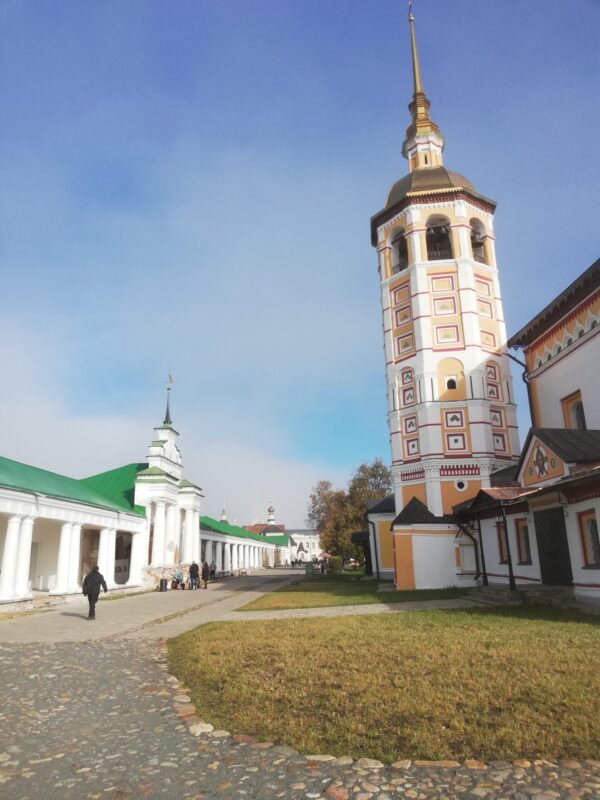
Nikolskaya Stone church

Inside Nikolskaya Stone Church

Rozhdestvenskii Sobor in the Kremlin
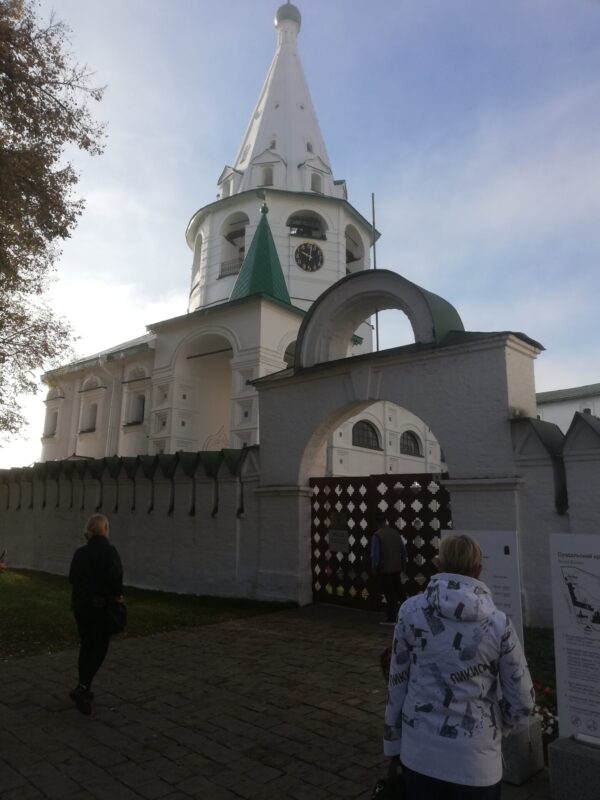
Sobornaya Kolokonya in the Kremlin

Painting of Ivan the Terrible in the Kremlin

Stove in the Kremlin

Wooden village church in the Kremlin

Rozhdestvenskii Sobor in the Kremlin


18th century lighting






Ilinskaya Church
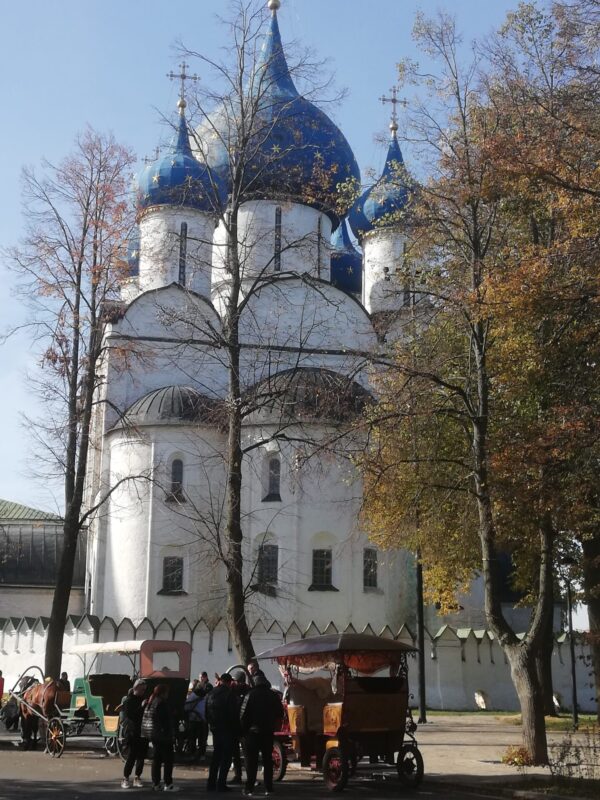
Rozhdestvenskii Sobor, Kremlin

Kresto-Nikolskaya Church


River Kamenka

Lazarevskaya Church
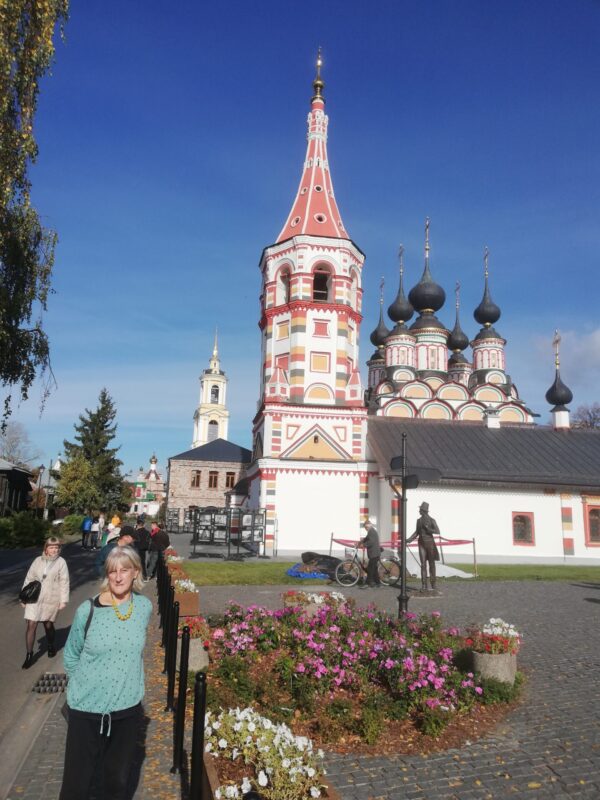
Rizopolozhenskii Monastery

Rizopolozheenskii Monastery bell tower (19th century)


Aleksandrovskii Monastery


Lenin

Ancient wooden house

Posadskii Dvor

Smolenskaya Church, 18th century
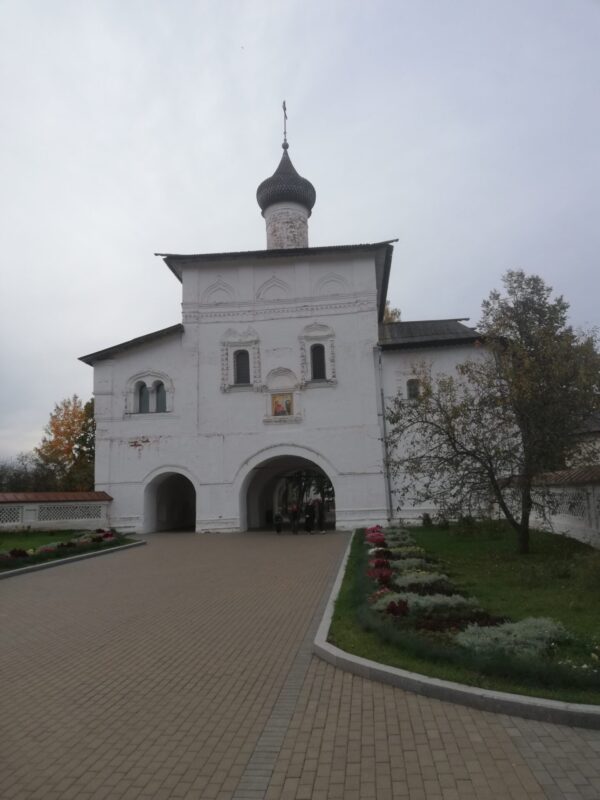
Spaso-Yevfimiev Monastery

Monastery herb garden

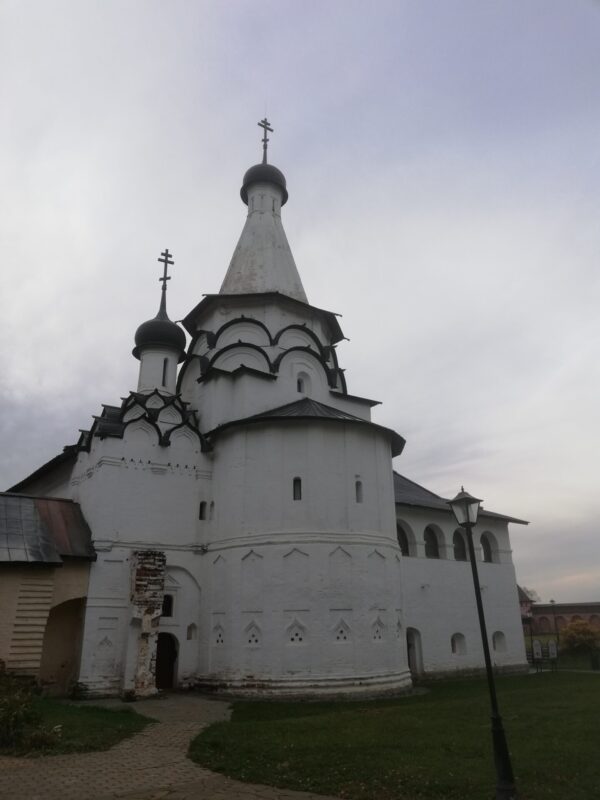








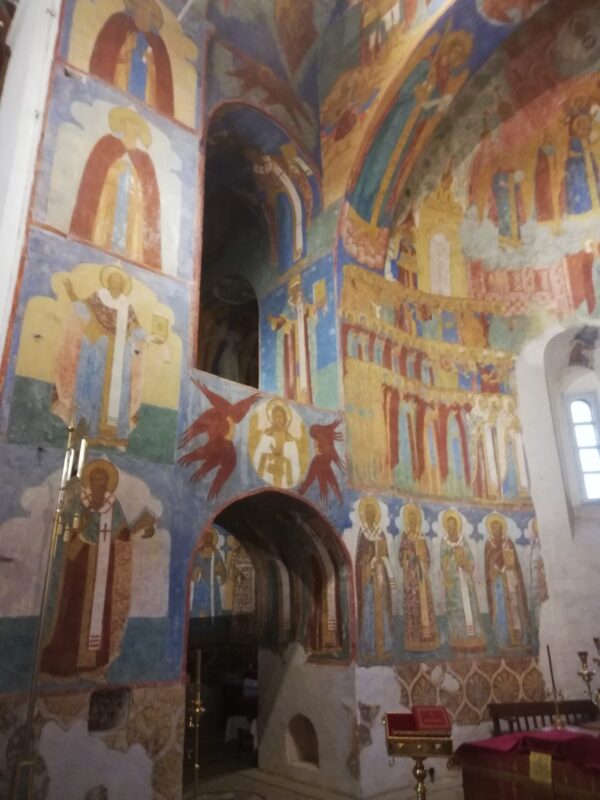



The jail which held Italian prisoners from Stalingrad

Plaque presented by Italian former prisoners to the monastery